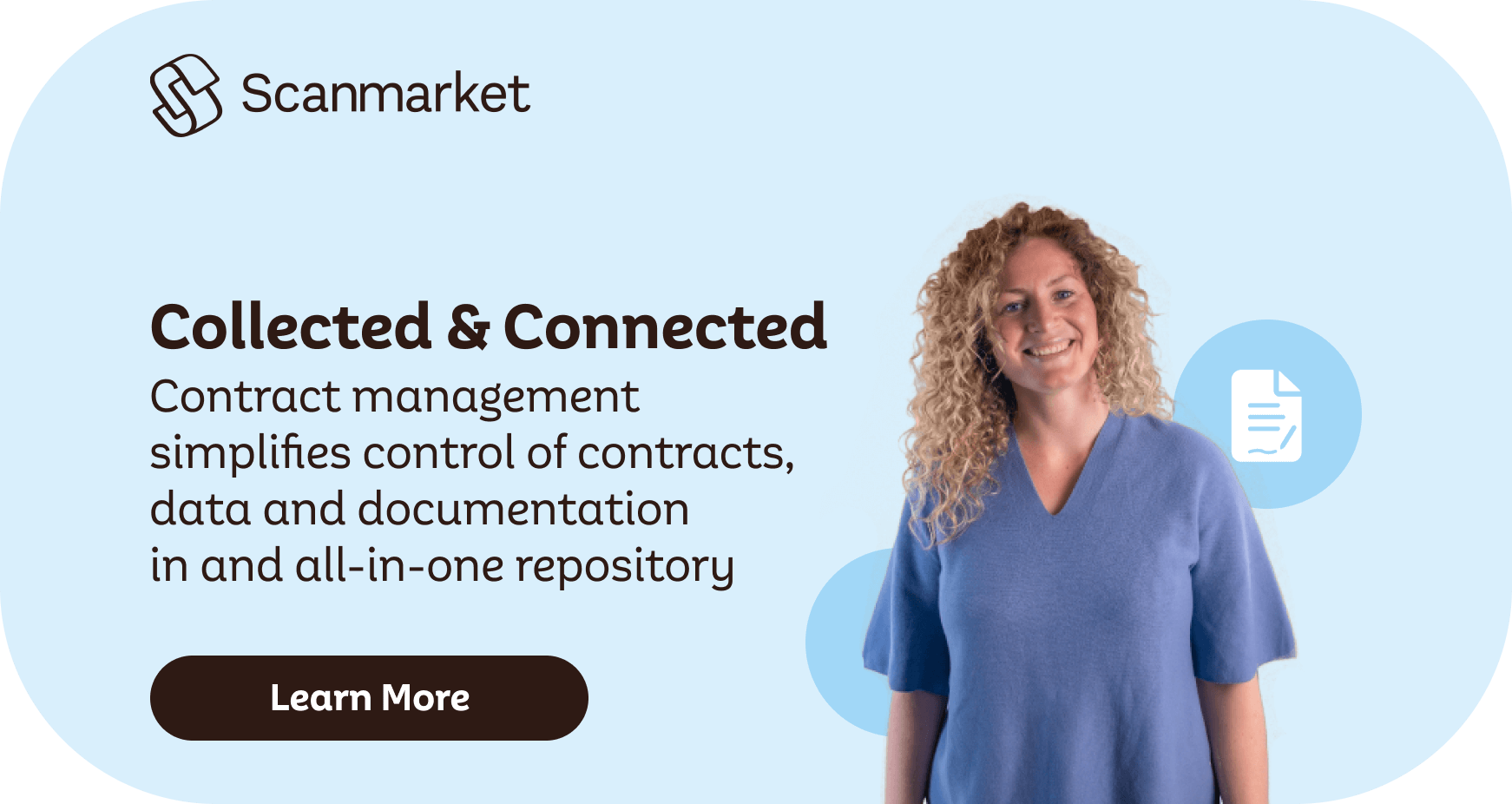As any successful business knows, Contract life cycle management (CLM) and resource planning can be difficult without a good system in place, and with companies wanting to do business and compete in global markets, technology to cope with the larger demand of business transactions is rapidly becoming vital to a growing business.
As the number of vendors in your business ecosystem expands, so does the amount of contract management. Smaller businesses may be able to manage an entire contract lifecycle for several contracts, but mid to large level enterprises would struggle to correctly manage the amount of contracts involved or cope with any expansion. According to the IACCM, the amount of revenue lost annually due to poor CLM is around 9.2%. So, what are the key elements to successful Contract Lifecycle Management?Assessment Of Risk
Before any contracts are drawn up, there needs to be an accurate assessment of any risks a third party may pose. Conducting due diligence is vital if you want to have a successful relationship with a vendor. Having a successful framework in place to compile the information you need from data sources that are specific to your business can be the difference between a successful contract lifecycle or a contract that ends up doing harm to your business.
Contract Creation
Having standardized language and pre-approved contract templates that can be configurable to specific clauses and can be regularly updated, improves productivity during contract creation and helps ensure compliance with any legal or regulatory rules. Having a library of standardized terms and clauses can help identify any contracts that may include particular provisions, which will help your CLM later in the process.
Signatures
With the advanced technology currently available, contracts are continually being moved online and a with climate change a big issue, a lot of clients are now being attracted to companies that have better eco-credentials and are being “green.” This means that most companies are becoming paperless. E-signatures are becoming increasingly popular to help quicken the contract approval process, as well as adding an extra level of security. If you want your CLM to be successful, having e-signature software may well be a crucial element moving forward.
Documentation
Once contracts have been negotiated and signed by all parties, it is essential that all corresponding data and documents are stored in an accessible yet secure location. Deloitte have calculated that 90% of all data was created in the last five years, thanks to the quick advancement of technology and business. As such, it is simply no longer practical or efficient to store information together physically, or as most companies now do, across various databases. The amount of documentation and data required for each contract is a big part of why manually managing agreements often falls short as a system and if all your information is spread over several shared document sites, the risk for loss and human error is understandably high. As well as proving hugely inefficient when trying to maintain sustainable business growth and productivity.
The solution to this is to have all your documentation stored in a central repository. This allows for easy accessibility and by collating all the individual documents and information, you can have a tighter control of the contract process and reduce the risk of human error and loss of crucial documentation and data that could potentially cause harm to your business reputation and revenue.
In terms of compliance, with the new GDPR regulations in full force, having full control over what documentation and data is stored is beneficial in keeping compliant with regulations and so a central repository is a key element in not just successful CLM, but for your business as a whole.
Auditing & Monitoring
Successful CLM does not end with the signing of the contract, or with the process that the contract is stipulated for. It is important to continually audit your third parties, for both the success of your business and to reduce the risk of litigation and fines which can have devastating financial consequences. Regular auditing and reviews protect the company from non-compliance and minimizes risk. However, if you are doing this process manually, the time involved to continually monitor each individual vendor can be costly in terms of both finance and productivity.
By continually managing your contracts and outcome, either manually or by using automated software, you are less likely to miss the end of contracts, renewals and by using KPI’s and analysing operational data and workflows, you can have a complete overview of where improvements can be made. Having all your data from processes in one place can also help your business plan for future agreements by either predicting any possible third-party risks, or solving issues quickly such as bottlenecks in the system or missed deadlines for example.
Implement CLM Software
Although it seems like Contract lifecycle management software would only have benefits for larger companies with a multitude of contracts, the features and tools of the software can often be extremely useful to a business no matter their size or the number of contracts. The creation of configurable contract templates and standardized language can make the usually long and tedious job of writing out contracts far quicker and easier. Whilst auditing and compliance becomes less complex as every action made in a CLM system is fully tracked in the audit logs, along with a time stamp and the user’s information. Custom reports mean you can analyze operational data and workflows, and automated reporting tracks essential information and milestones relating to your contracts. You can set up trigger-based alerts for these milestones and events, so nothing falls under your radar. The software can be integrated into existing ERP systems and you can also configure the software so you can implement only the features your business most requires. This makes it a useful and cost-effective solution.
Due to the modern advancement of currently technology, there really is no reason not to implement CLM software to improve the efficiency of your business and to keep at the top of your game, and if your business expands, you will already have the management software system in place to deal with any expansion of contracts and vendors. Simplifying the contract process with document creation, managing commitments, better resource planning and electronic signatures really can make a difference to your organization.













